This is not a Super Fact post, but it features some interesting facts that have to do with the Vasa Museum Stockholm. It is a bit of trivia and not shocking or disputed information. I am currently traveling in Scandinavia with my oldest son and his wife. This is why I have not been active blogging for a while. By the way, today is his birthday.
This post is about the Swedish warship Vasa. Vasa (or Wasa) was built between 1626 and 1628, and it tipped and sank on its maiden voyage. It was the largest war ship in the world at the time. The cold and brackish waters of this part of the Baltic were free from shipworms and the ship was only 32 meters down below. This made it possible to salvage the ship with a largely intact hull, which was done in 1961.
The Vasa Museum with its huge and impressive 400-year-old war ship is open to the public and a visit does not take long. It is one of the easy must-see destinations for visitors to Stockholm. It is an example of how a big fiasco can be turned into a wonder of the world.
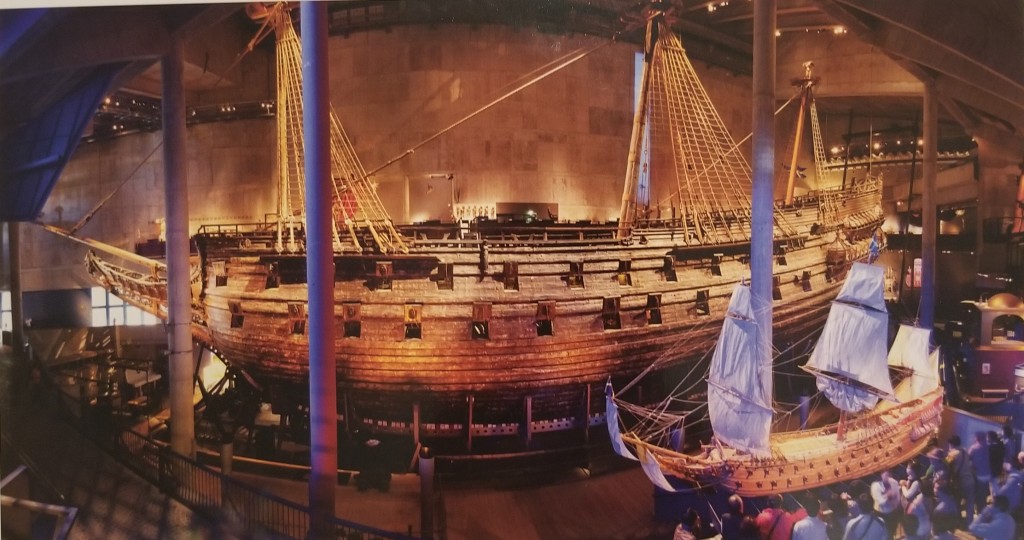
At the time there was a big war in Europe, the thirty-year war, fought mainly between protestants and catholic regions. An estimated 4.5 to 8 million people died in this war. Sweden got involved in this war on the protestant side and fought Poland and Lithuania. This war served as a motivation for building Vasa. The reason the Vasa ship tipped over was that the center of gravity was too high. There were too many cannons, ornaments, and the large hull, basically too much stuff, too high up.
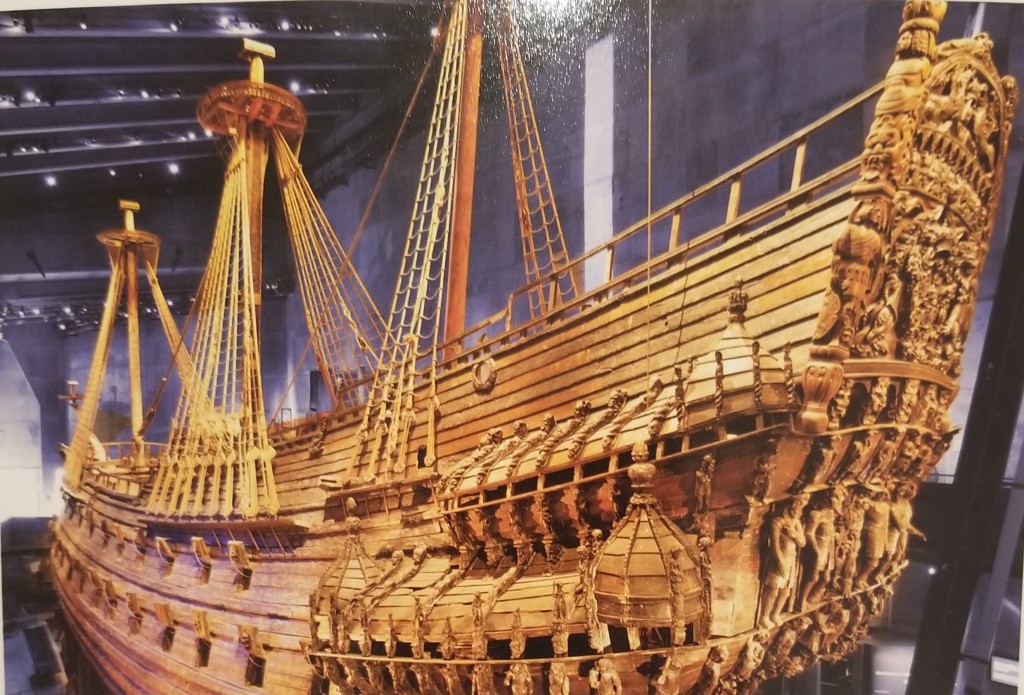
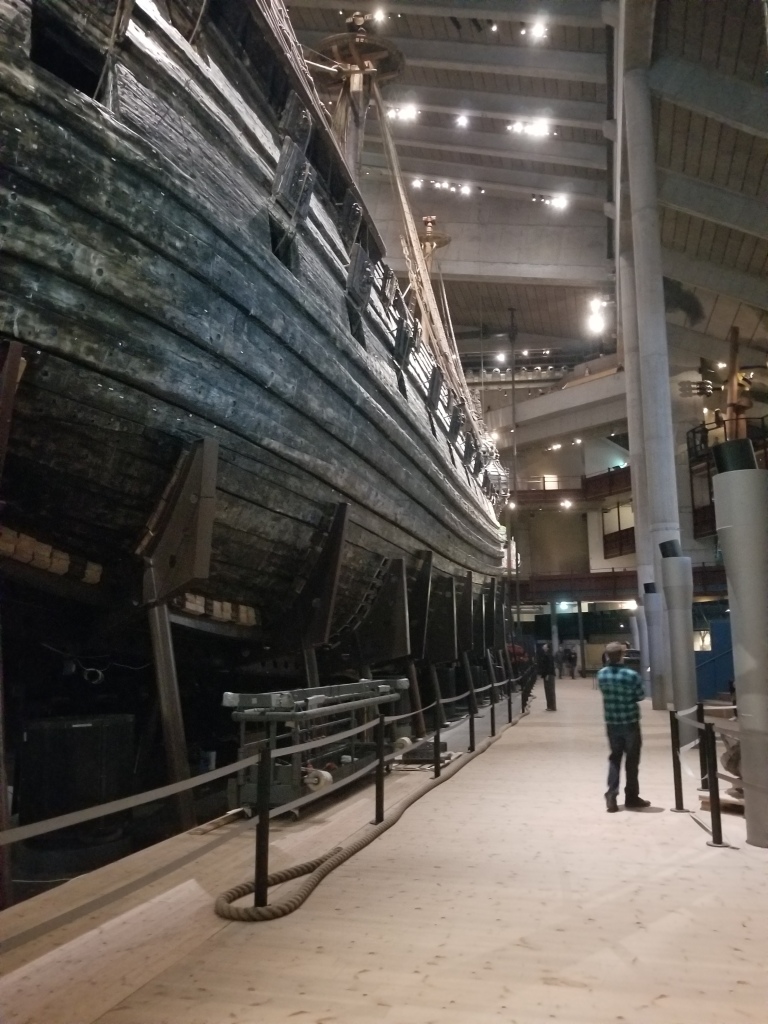
A note regarding the photos below. I could not find a spot in the museum where I could take an unobstructed photo of the entire ship. So my photos just shows parts of the ship.
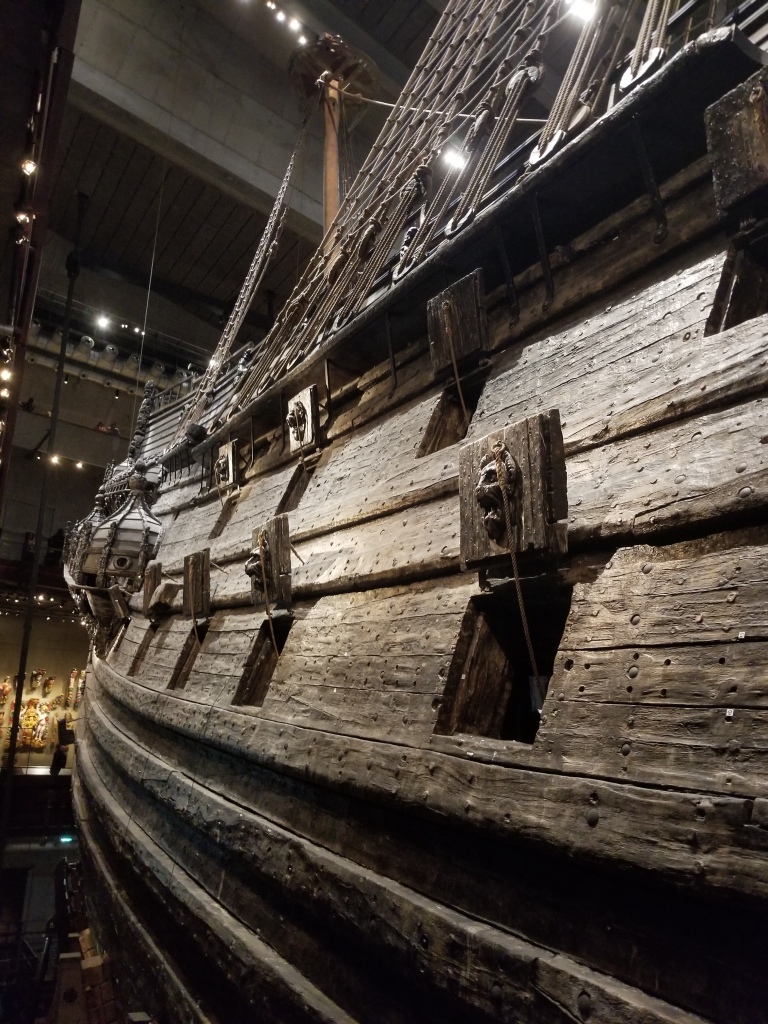
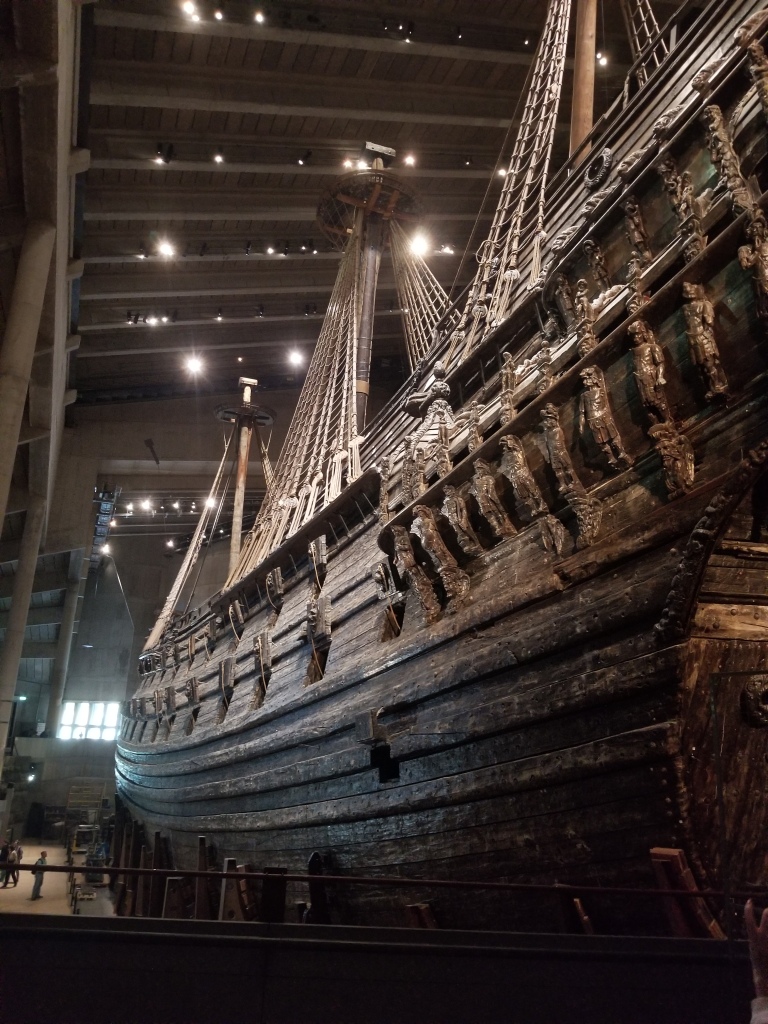
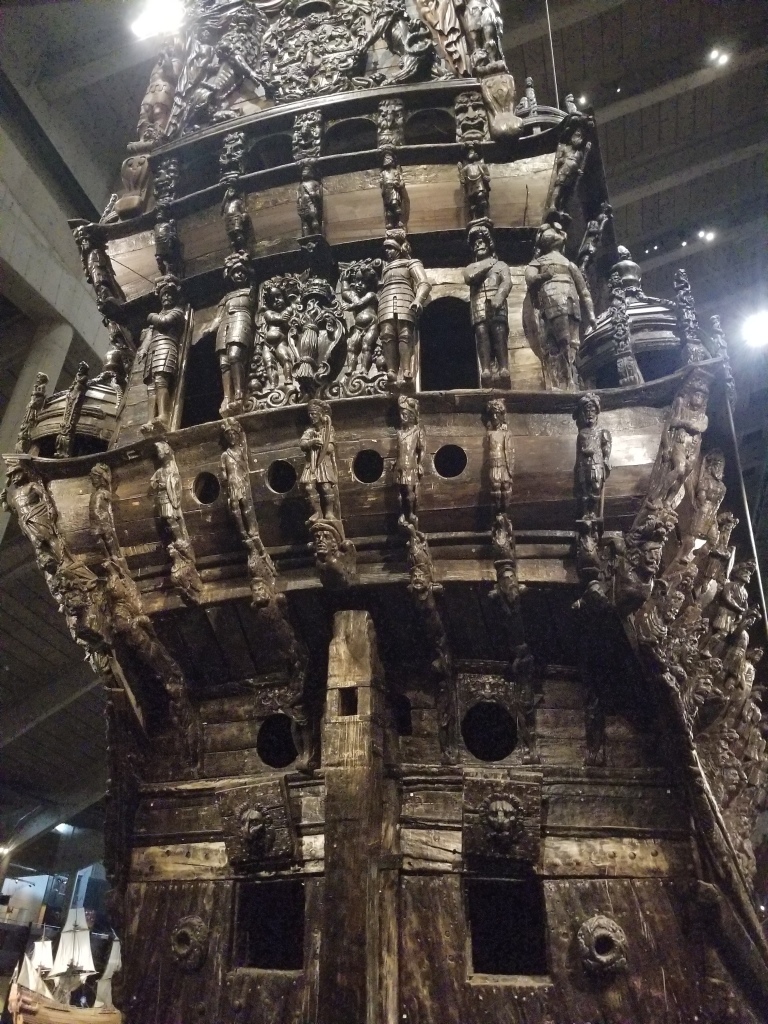


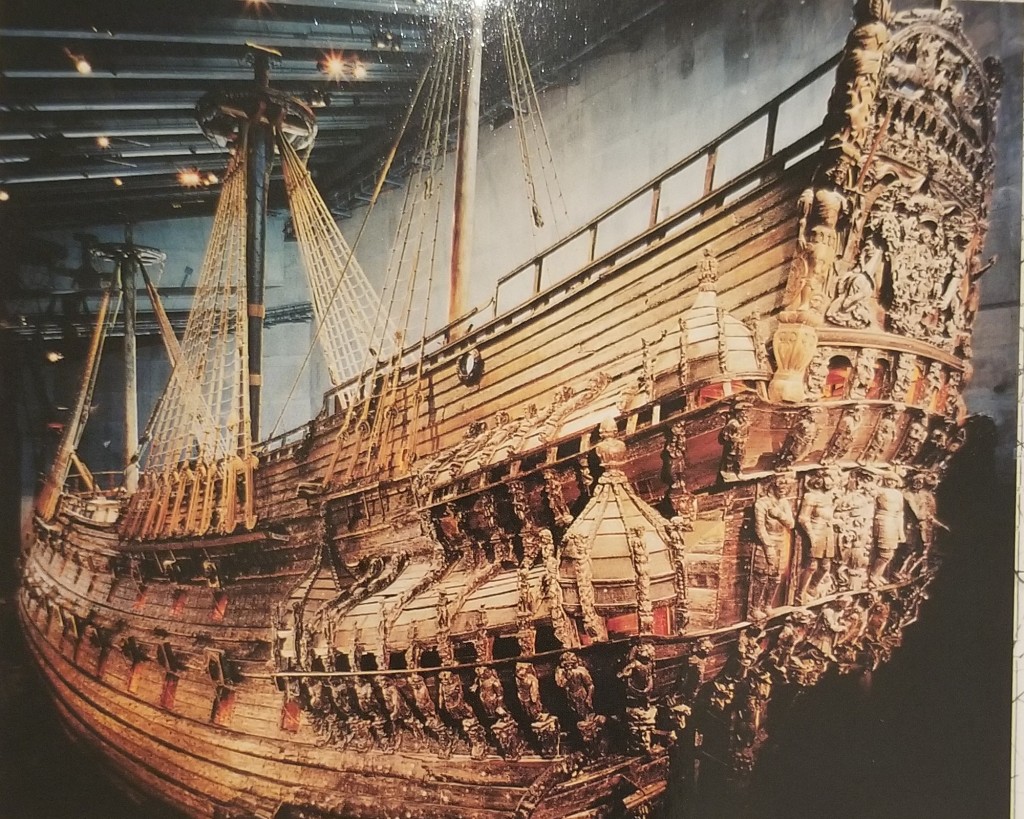
It should be noted that the conservators learned some lessons as they tried to conserve the ship. They pioneered many new methods and succeeded in solving many difficult problems. However, they found that using the conserving agent PEG was not a good idea. The iron originally concentrated in specific areas in the wood was spread over the entire ship. The consequences of this became apparent decades later.

Once when we visited the Vasa Museum, I bought a children’s book that they sold at the museum called The Vasa Piglet. The story was about a pig who was brought onto the ship to be slaughtered and eaten. However, the ship tipped and sank but the pig saved itself by climbing the mast, sitting in the mast platform for a while before swimming to shore. The piglet survived, and no one ever tried to eat him again. Therefore, he lived happily ever after, but no one else did. It seemed like a cute story to me, but my daughter claims she was traumatized by this book. She was fearful of boats for several years afterwards.


